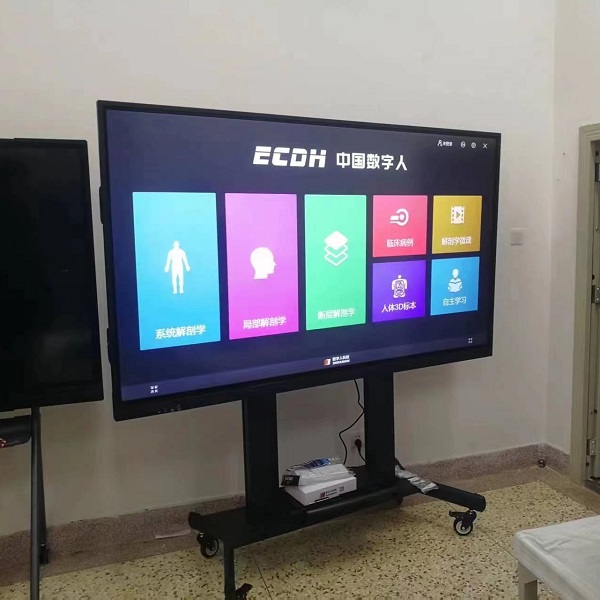
The integration of augmented reality (AR) technology in anatomy education has brought about a significant transformation in the way medical students learn and understand human anatomy. By merging virtual elements with the real world, AR provides an immersive learning experience that enhances visualization, interactivity, and customization.
Enhancing Visualization and Interactivity
With augmented reality anatomy education, students can visualize complex anatomical structures in three dimensions, allowing for a more comprehensive understanding of the human body. Through interactive digital models projected onto physical objects or through wearable devices like smart glasses, learners can explore different layers of tissues and organs with precision and detail.
This level of immersion enables students to interact directly with virtual anatomical structures by manipulating them or dissecting them virtually. This hands-on approach fosters active engagement and deepens their comprehension of intricate anatomical relationships.
DIGIHUMAN: A Revolutionary Tool

A notable example is DIGIHUMAN – an innovative software developed specifically for AR-based anatomy education. DIGIHUMAN offers high-resolution 3D models of various body systems that can be viewed from any angle or zoomed in for detailed examination.
Moreover, DIGIHUMAN allows users to customize their learning experience by highlighting specific structures or overlaying additional information such as clinical cases or surgical procedures. This customization feature empowers learners to focus on areas they find challenging while tailoring their studies according to individual needs.
The Rise of 3D Printed Anatomical Models
In addition to AR technology, 3d printed anatomical models have gained popularity as valuable educational tools. These physical replicas provide tactile feedback that complements the visual aspect offered by augmented reality. Students can hold and examine these models closely, gaining a deeper understanding of anatomical structures and their spatial relationships.
Furthermore, 3D printed models can be customized to replicate specific patient cases or pathologies. This customization allows students to practice surgical procedures virtually before performing them on real patients, enhancing their skills and confidence in a risk-free environment.
The Future of Augmented Reality Anatomy Education
Augmented reality anatomy education has revolutionized the way medical students learn human anatomy by providing enhanced visualization, interactivity, and customization. As technology continues to advance, we can expect further developments in AR applications that will continue to transform medical education.
By combining the benefits of augmented reality with tools like DIGIHUMAN and 3D printed anatomical models, educators can create personalized learning experiences tailored to each student’s needs. This approach not only improves knowledge retention but also prepares future healthcare professionals for the challenges they may face in clinical settings.
In conclusion, augmented reality anatomy education is paving the way for a new era of medical learning. Its ability to enhance visualization, interactivity, and customization empowers students with a deeper understanding of human anatomy while fostering critical thinking skills necessary for their future careers as healthcare providers.

